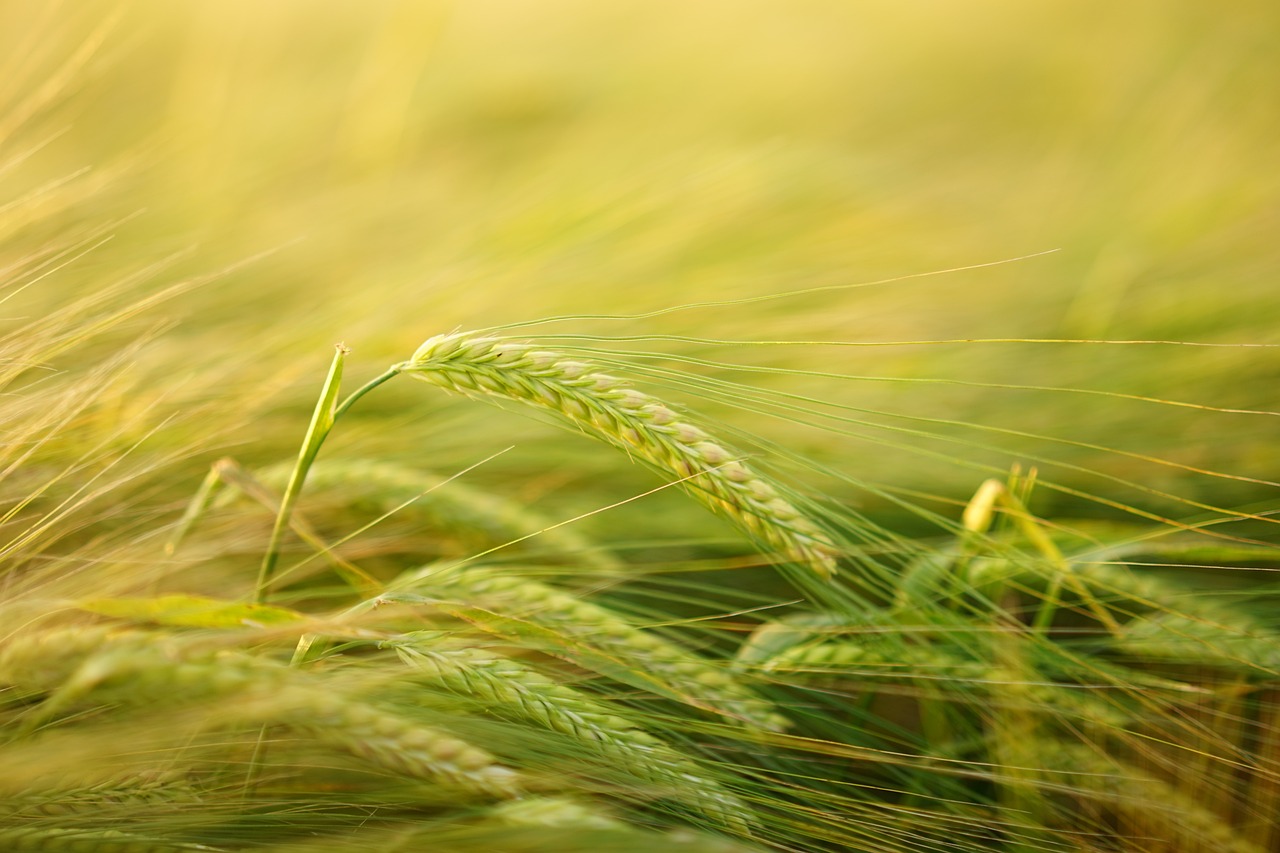The History Of Rice
Rice is a cereal grain, and in its domesticated form is the staple food for over half of the world's human population, particularly in Asia and Africa. Rice is the seed of the grass species Oryza sativa (Asian rice) or, much less commonly, O. glaberrima (African rice). Asian rice was domesticated in China some 13,500 to 8,200 years ago, while African rice was domesticated in Africa some 3,000 years ago. Rice has become commonplace in many cultures worldwide; in 2021, 787 million tons were produced, placing it third after sugarcane and maize. Only some 8% of rice is traded internationally. Three countries, China, India, and Indonesia together account for 59% of global consumption.
Between 8% and 26% of the rice produced in developing nations is lost after harvest through factors such as poor transport and storage. Rice yields can be reduced by many pests including insects, rodents, and birds, as well as by weeds, and by diseases such as rice blast. Integrated pest management seeks to control damage from pests in a sustainable way.
Many varieties of rice have been bred to improve crop quality and productivity, and to provide desired texture, smell, and firmness. Biotechnology has created Green Revolution rice able to produce high yields when supplied with nitrogen fertilizer and managed intensively. Other products are rice able to express human proteins for medicinal use; flood-tolerant or deepwater rice; and drought-tolerant and salt-tolerant varieties. Rice is used as a model organism in biology.
Dry rice grain is milled to remove the outer layers; depending on how much is removed, products range from brown rice to rice with germ and white rice. Some is parboiled to make it easy to cook. Rice contains no gluten; it provides protein but not all the essential amino acids needed for good health. Rice of different types is eaten around the world. Long-grain rice tends to stay intact on cooking; medium-grain rice is stickier, and is used for sweet dishes, and in Italy for risotto; and sticky short-grain rice is used in Japanese sushi as it keeps its shape when cooked. White rice when cooked contains 29% carbohydrate and 2% protein, with some manganese. Golden rice is a variety produced by genetic engineering to contain vitamin A.
Production of rice is estimated to have caused over 1% of global greenhouse gas emissions in 2022. Rice yields are predicted to fall by some 20% with each 1°C rise in global mean temperature. In human culture, rice plays a role in certain religions and popular beliefs, such as in weddings.


Leave a comment
Comments (0)
No comments yet. Be the first to comment!